After a long period in which the standard zoom par excellence was the 24-70mm F2.8, we have recently witnessed interesting evolutions. Just under two years ago, Sony debuted its 20-70mm F4 G, which extended the wide-angle focal length by 4mm, stopping at F4 for portability reasons.
Today, however, theFE 28-70mm F2 GMasterwhich does exactly the opposite: sacrifices 4mm of wide-angle focal length to offer an extra stop of maximum aperture, without penalizing optical quality and without affecting weight and dimensions too much. The aim is clear: to guarantee photographers a maximum aperture almost like a fixed lens, while maintaining the practicality of a zoom.
It is clear that, for a lens that is proposed as a “practical” alternative to fixed focal lengths, dimensions are important. Big problem for designers… To gain a stop, in fact, the effective aperture must increase by a factor of 1.4x, which usually involves a significant increase in the diameter of the front lens, therefore in weight and overall dimensions.
The Sony technicians, however, managed to do one of those little magics at which they are masters.
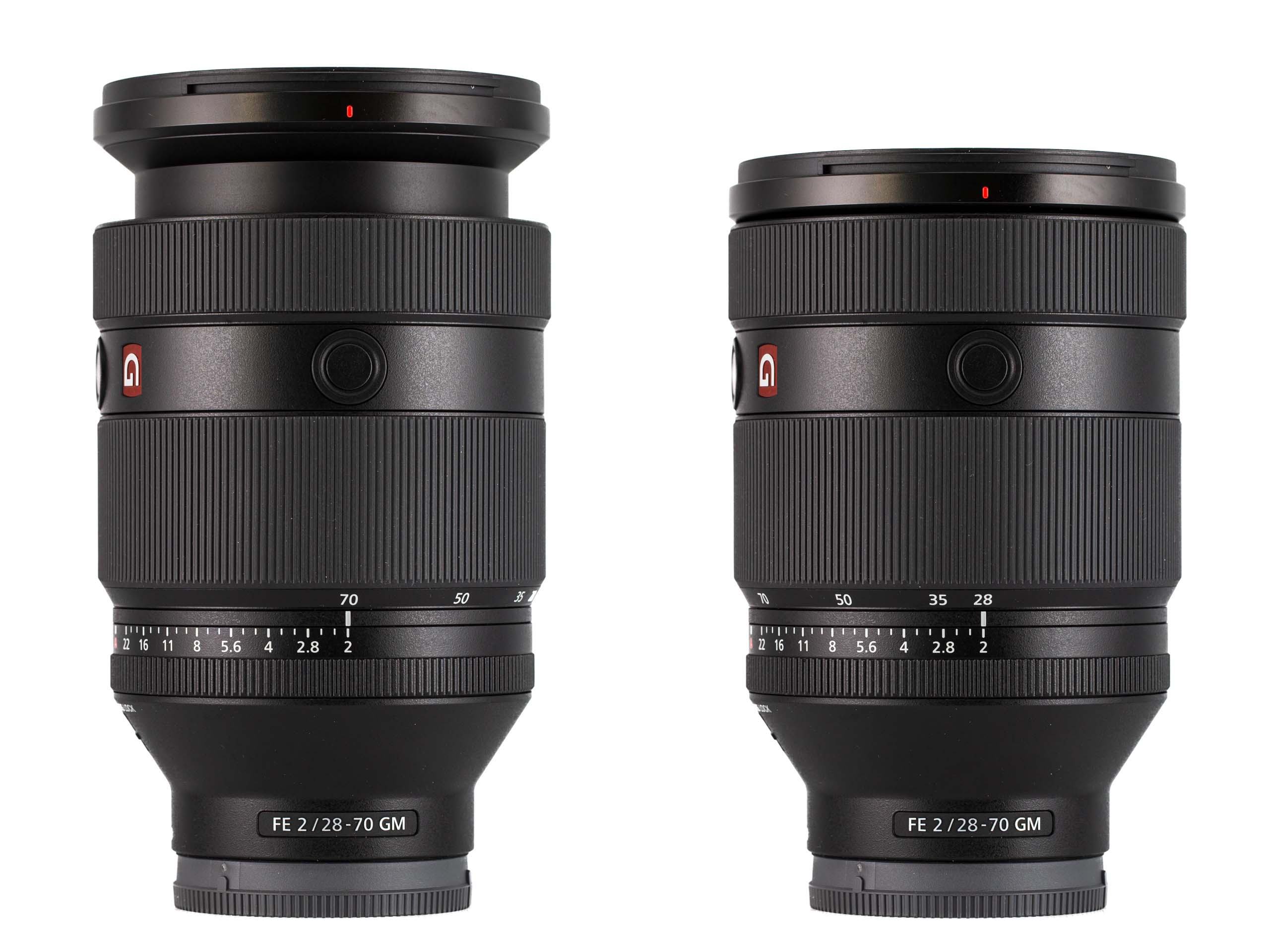
Taking as a reference the more classic 24-70mm F2.8 GM2, which measures approximately 88mm in diameter and approximately 120mm in length for a weight of 695g, the newcomer exceeds only 5mm more in diameter, 20mm in length and weighs 223g in more. In absolute terms, theFE 28-70mm F2 GM measures approximately 93mm in diameter (92.9mm) and approximately 140mm in length (139,8mm), for a weight of 918g. The diameter of the filters goes from 82mm to 86mm.
Of course we are not talking about a pancake, but it is useful at this point to introduce another term of comparison, which is the direct competitor Canon RF 28-70mm F2 L USM, which, for its part, measures approximately 104mm in diameter and approximately 140mm in diameter. length for weight 1430g (filter diameter 95mm).

The desire to contain dimensions also has, as always, some negative nuances: Sony has opted for a variable length design. As already underlined in other circumstances, however small the games may be, the fluid movements – and they are – a sliding internal barrel made of plastic cannot be mechanically equivalent to an internal zoom. Of course, in the space of a review, nothing can be said about long-term reliability.
Of course, in this range of products, the variable length design always leaves us a little skeptical, also considering the fact that the difference between extended and retracted is not huge (see photo above).
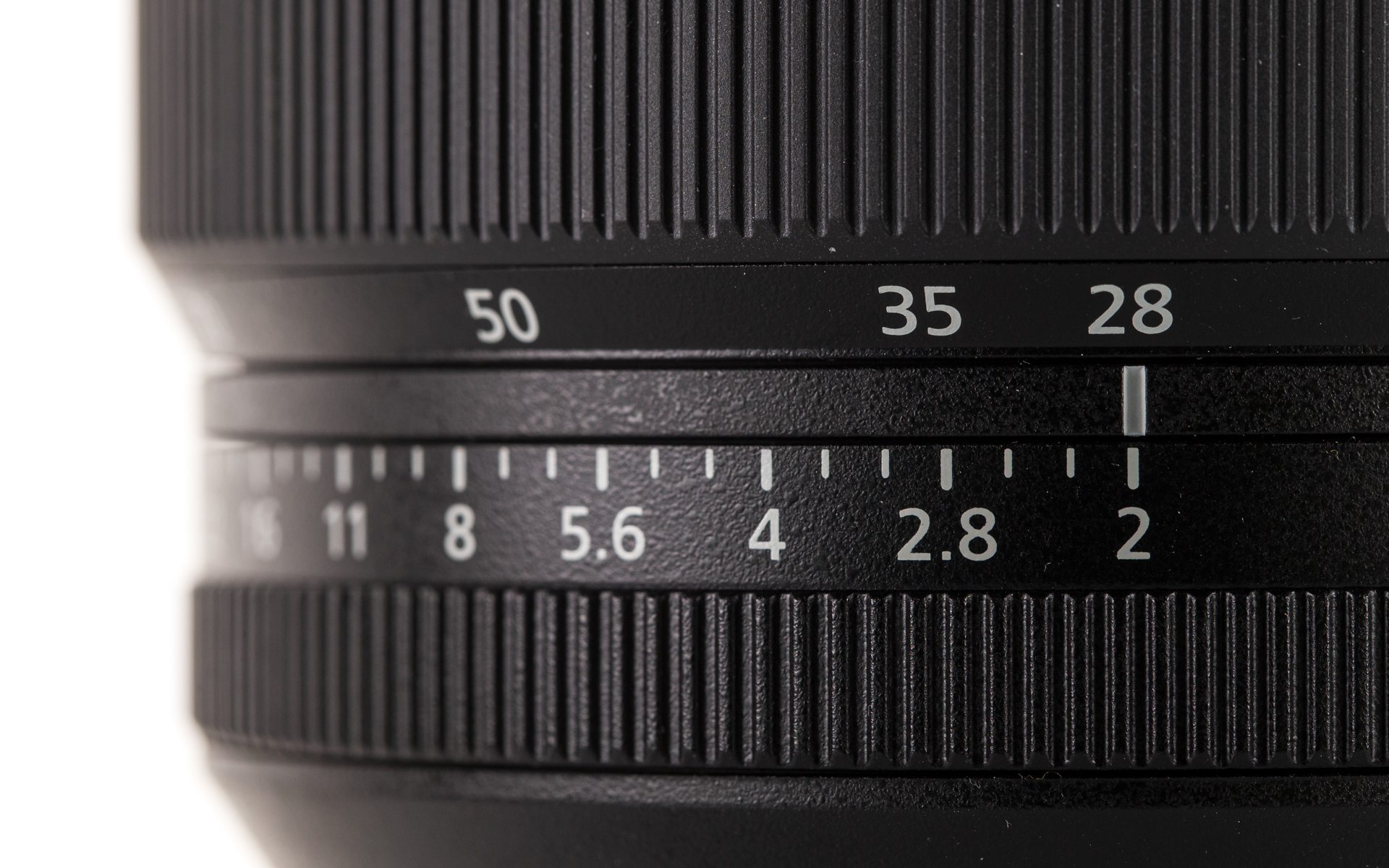
Given that there is no shortage of space, the zoom ring is very large and comfortable, and for the first time we noticed the presence of a Dedicated selector to control rotation resistance (friction). Two positions (“smooth” and “tight”), with the first roughly equivalent to the standard resistance of other Sony GM zooms, and the second which significantly increases the hardness of the ring (also making it a little less fluid) to avoid any possible rotation accidental.
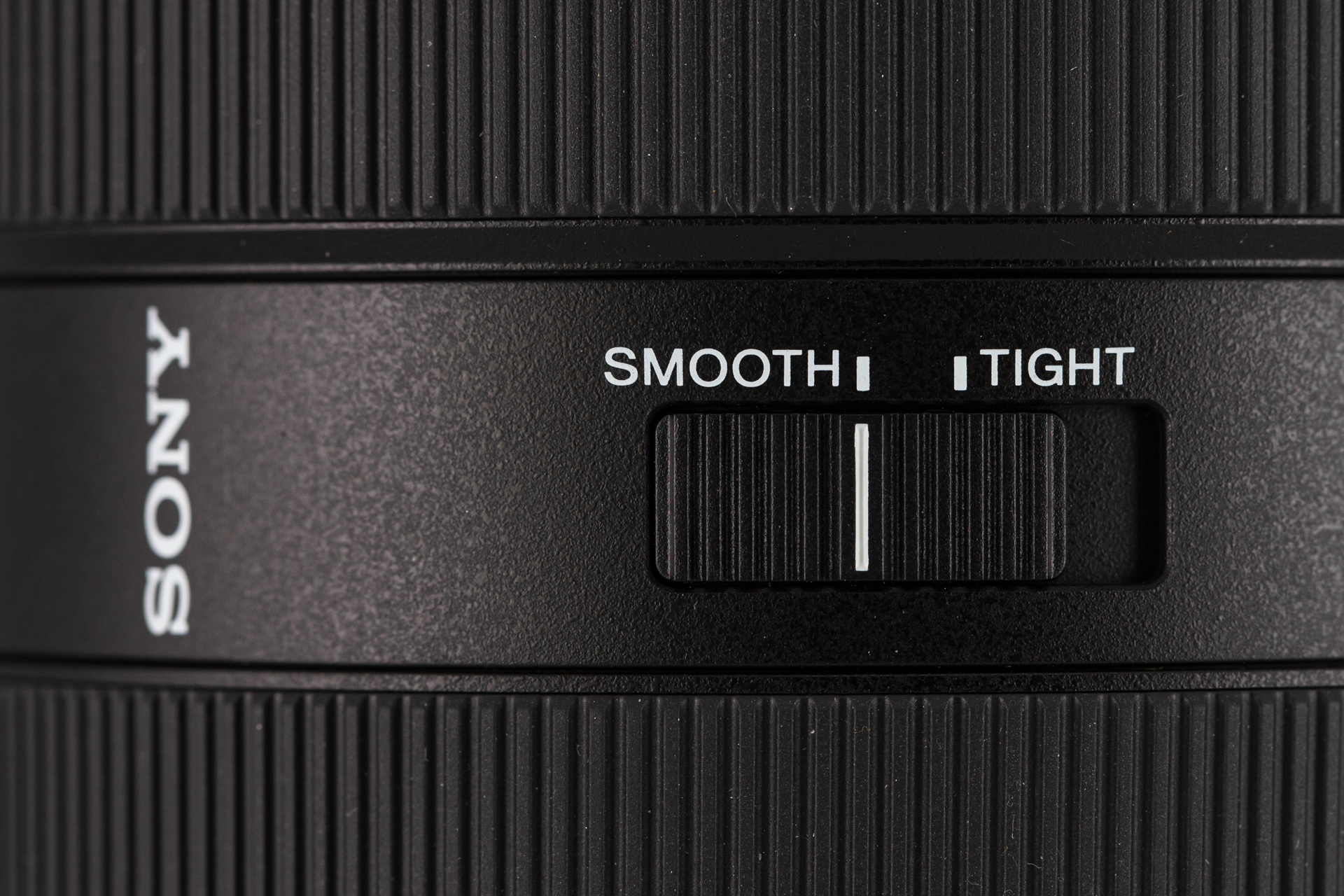
For the rest, the equipment is aligned with the usual, rich, GMaster optics. First of all we find the aperture ring which ranges between F2 and F22 with Auto position and the relative selector click/de-clickcombined with the additional selector IRIS LOCK which locks the aperture ring in the Auto position or in the manual selection area. Next comes the area of programmable buttons (two arranged at 90°), which also includes the selector AF/MF and the aforementioned zoom friction control. Finally, the manual focus ring, as always very soft and fluid.


50mm, f/2, 100 ISO (click for 100% enlargement)
The extremely sophisticated optical scheme includes no less than 20 lenses divided into 14 groups, including one low dispersion ED element and three Super ED, to reduce chromatic aberrations, three aspherical elements and as many XA (eXtrema Aspherical). All things considered, 10 out of 20 lenses are special. The focus is internal and floating (a crucial aspect, together with the abundant use of aspheric lenses, to keep the dimensions down).
The front lens adopts a fluorite coating which helps keep the lens clean, as well as the second generation Nanon AR Coating anti-reflection coating, which is very effective in reducing ghost and flare effects.
The construction is protected against by gaskets at every joint and button, although Sony does not guarantee its optics as 100% dust- and moisture-proof.
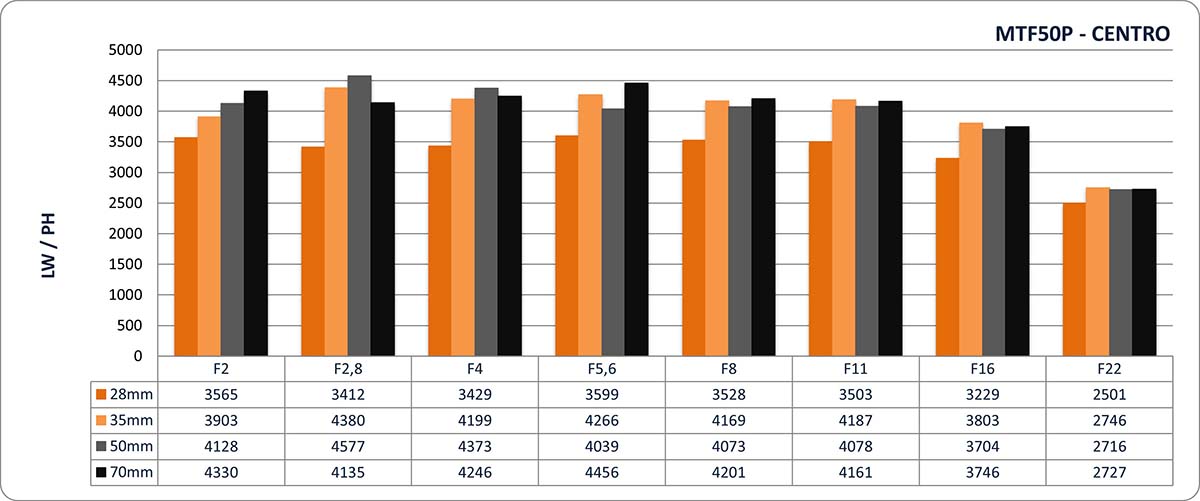
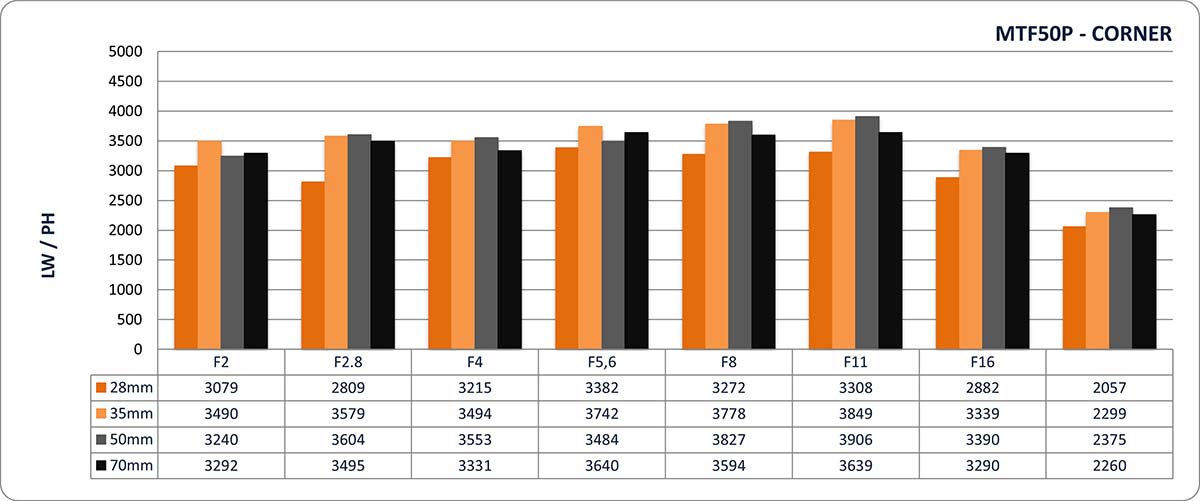
Focusing is implemented by 4 XD (eXtreme Dynamic) linear motors, two for each focusing group. The optics is thus able to guarantee a subject tracking up to 120 fpsand is also perfectly compatible with camera bodies such as the “supersonic” A9 III, as well as with 4K shooting up to 120p.
Speaking of video shooting, the FE 28-70mm F2 GM is also designed to minimize focus breathing (variation in the effective focal length as the focusing distance varies), and is compatible with the breathing compensation function offered by some camera bodies latest generation.
The minimum focusing distance is 38cm, which translates into a maximum magnification ratio 0.23x over the entire focal range. It’s not the best result Sony has ever achieved; the aforementioned 24-70mm F2.8 GM2, for example, reaches 0.32x. However, it should be noted that the direct competitor Canon RF 28-70mm F2 L USM stops at 0.18x.
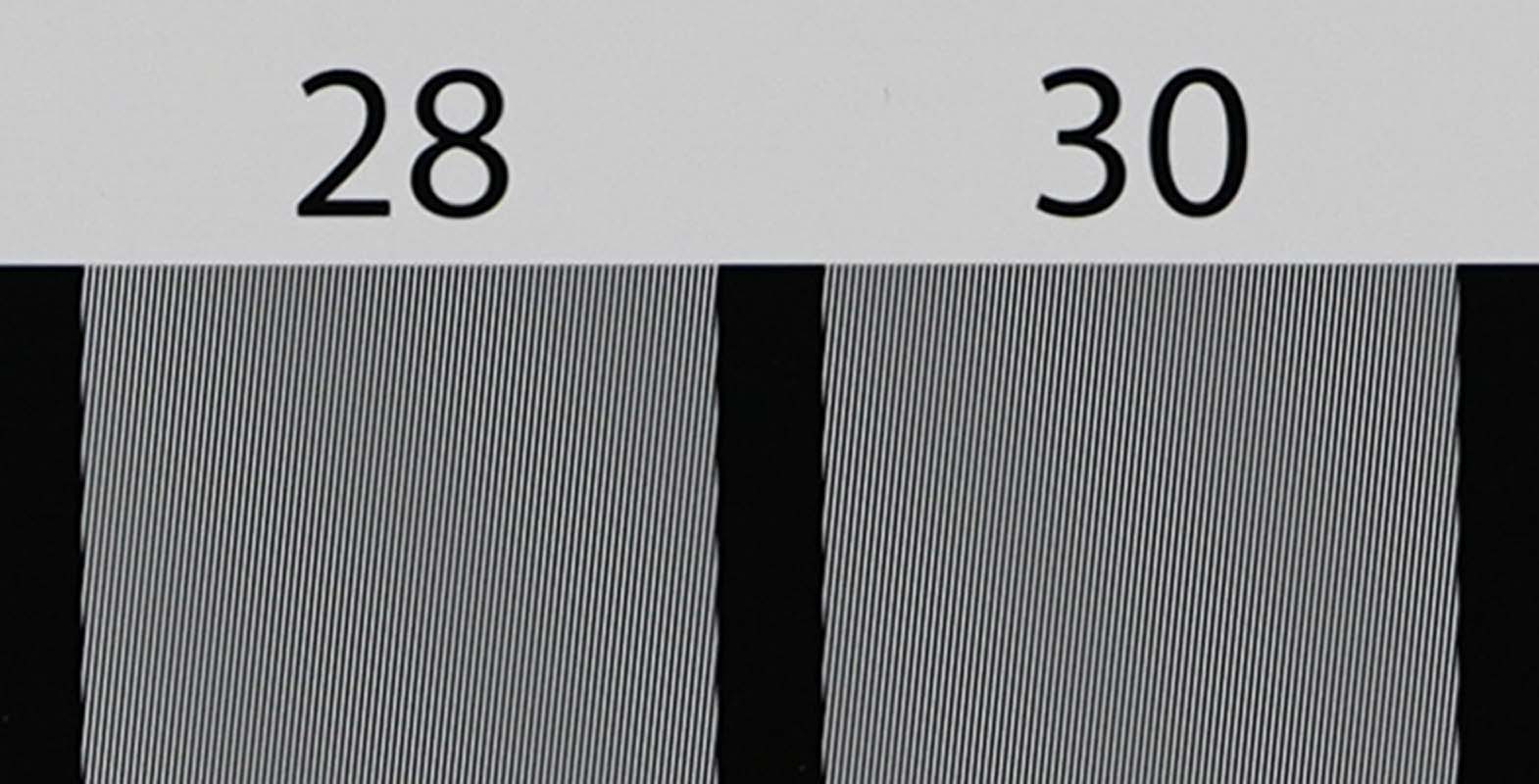
28mm f/2
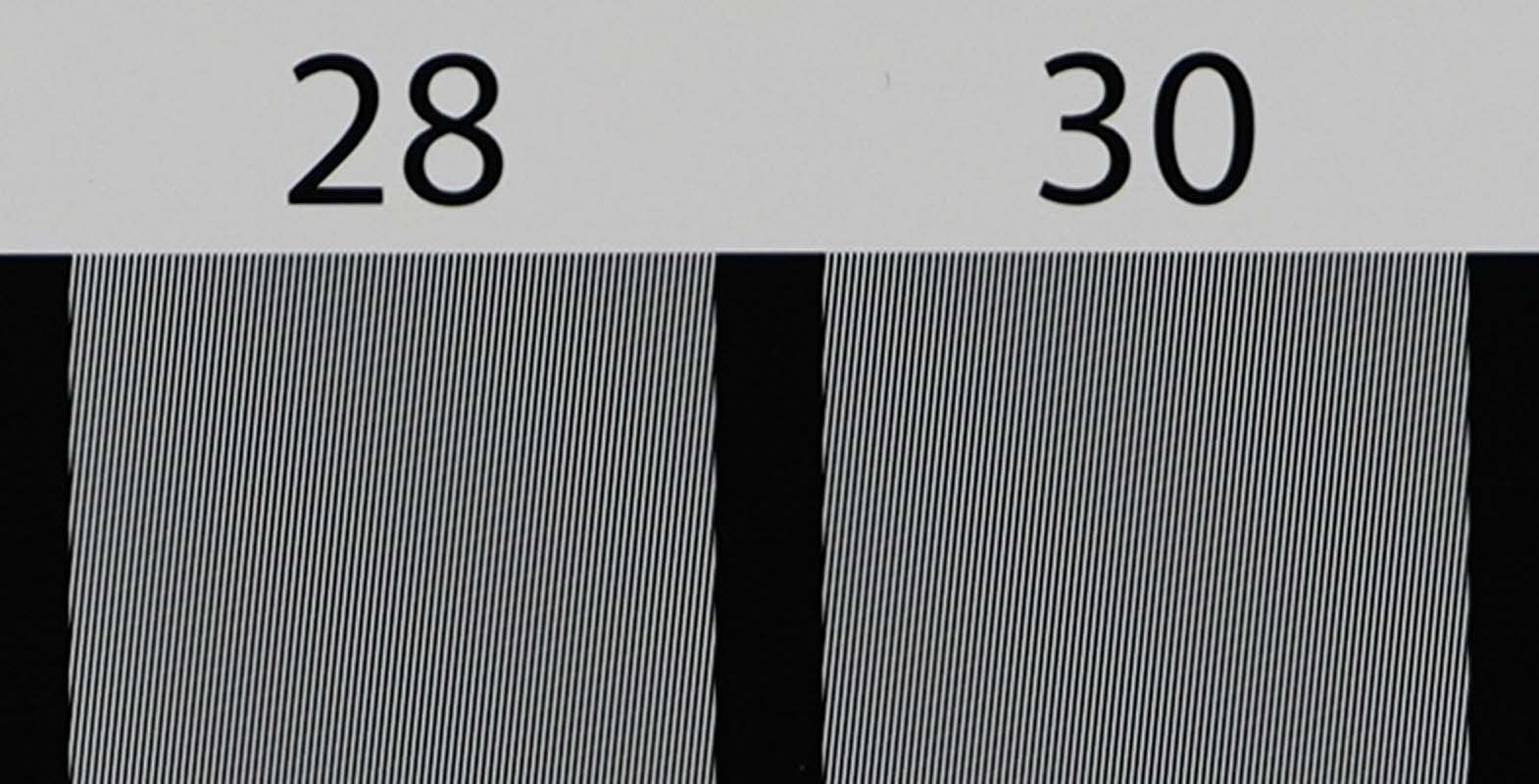
35mm f/2
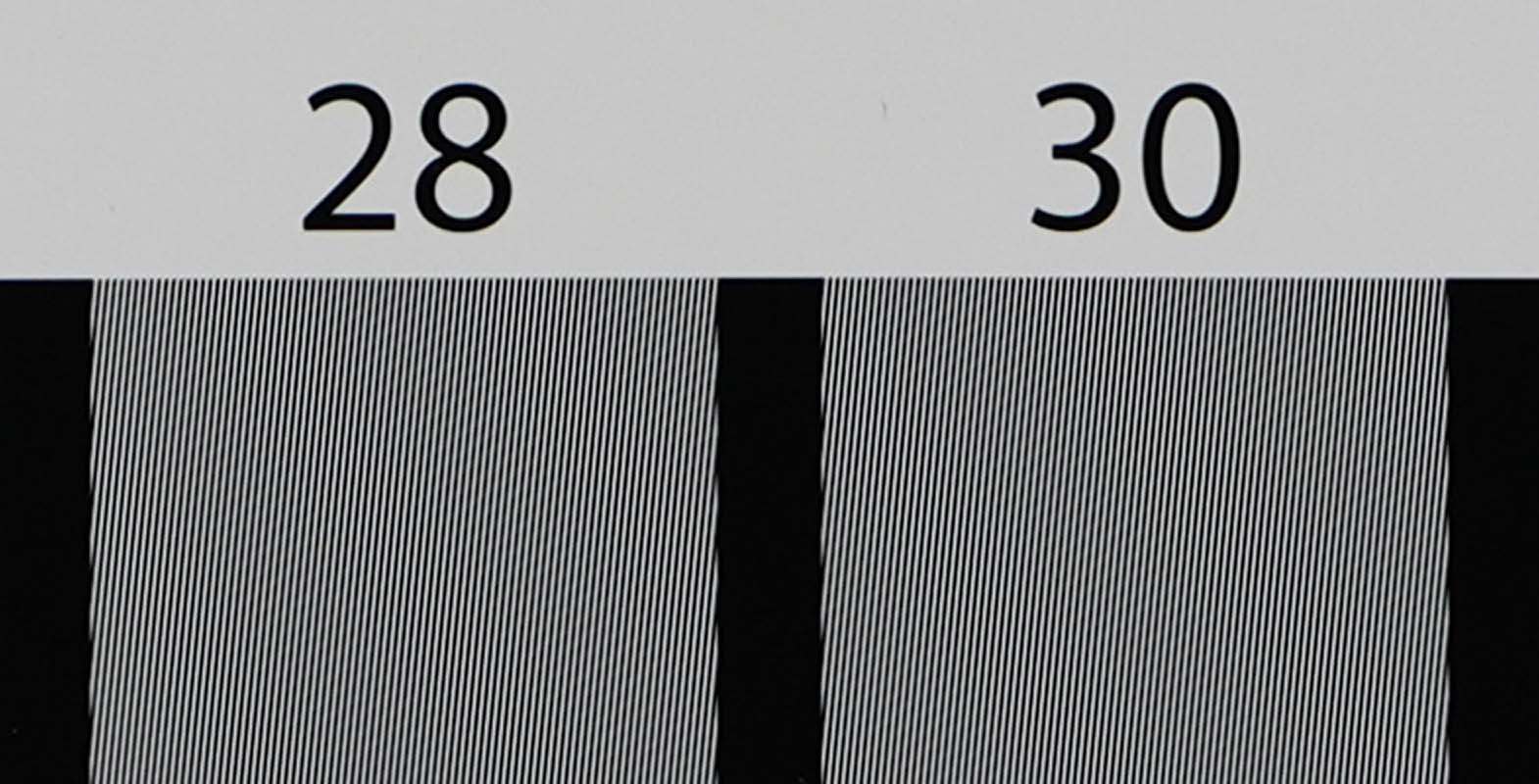
50mm f/2
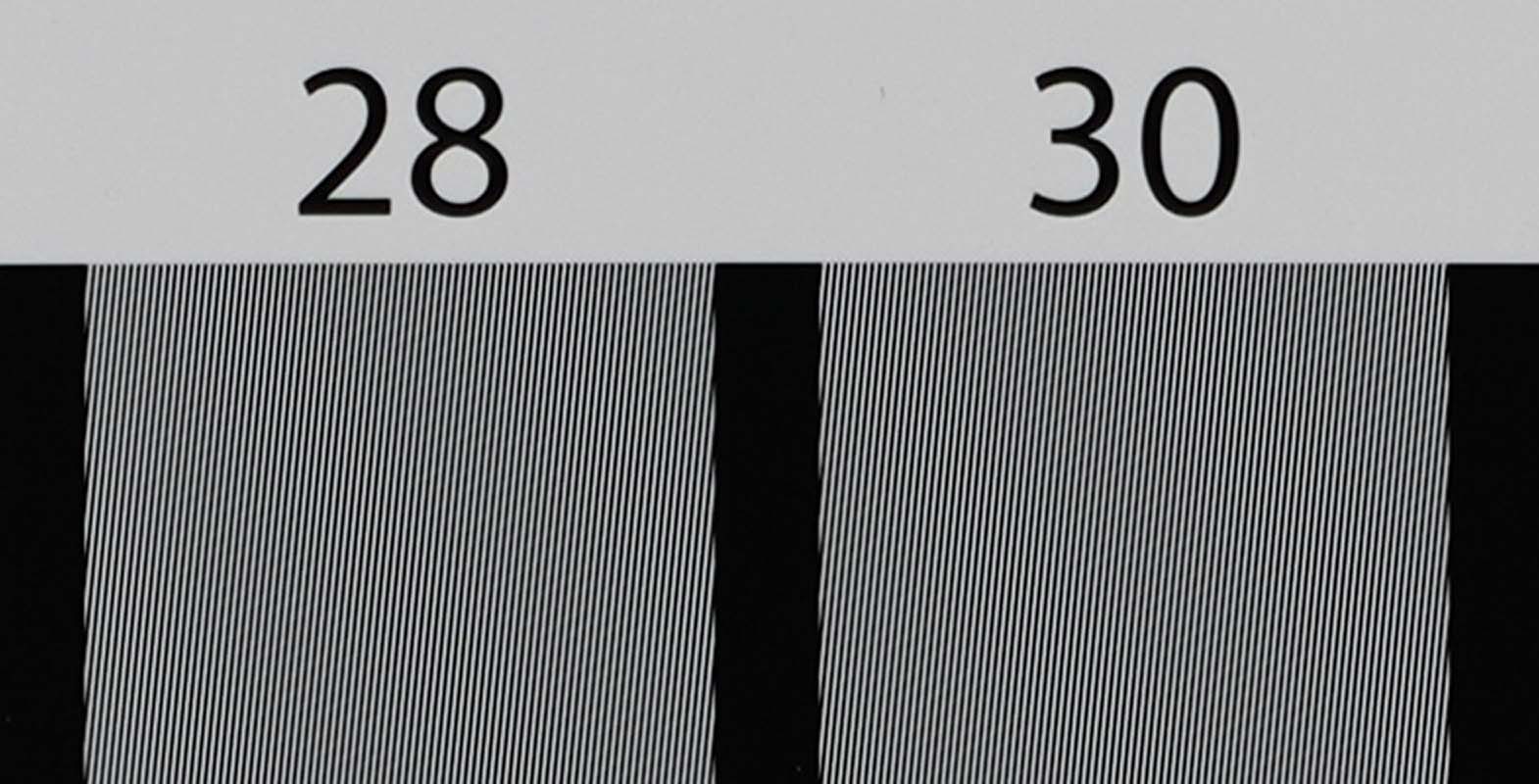
70mm f/2
We had this lens available in preview together with the A1 II camera body, using one to test the other and vice versa. As for the camera body, therefore, we must point out that the analysis was necessarily conducted on JPEG files, and the results proposed here are not, therefore, directly comparable with those of other reviews. Nonetheless, it is possible to make some interesting considerations.
First of all, despite the slightly reduced maximum values - typical of JPEGs – We were positively surprised by the consistency of the results at all focal lengths. Often, zooms give their best at the wide-angle end, “getting lost” a little at the telephoto end, but in this case the results are almost constant as the focal length varies.
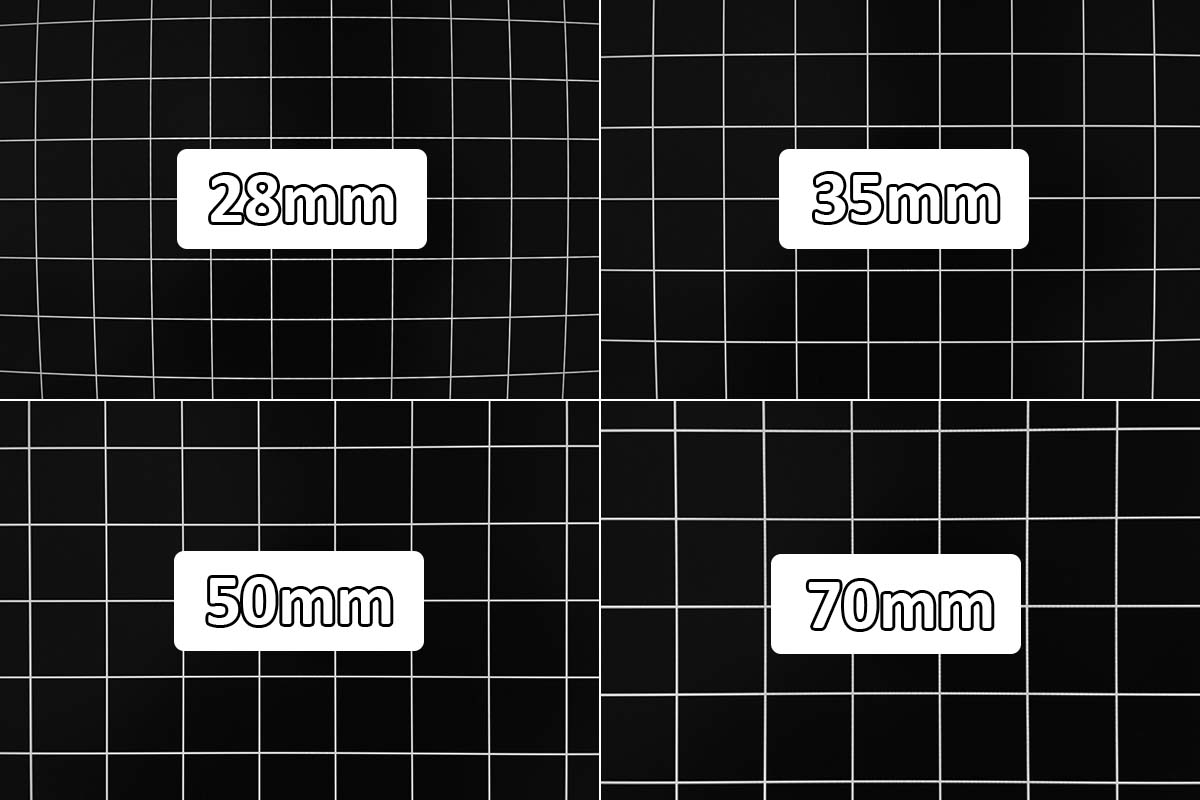
The stability as the aperture varies is also excellent, with the maximum aperture which already proves to be extremely sharp and the optics which, overall, shows a clear decline only at f/22, for inevitable physical reasons (diffraction). It is true that JPEG dampens the differences a bit in this specific case – RAW would produce higher maximum peaks and therefore more evident drops at smaller apertures – but based on previous experiences we feel we can confidently state that this objective will be a razor blade up to and including f/8. After all, over 4000 LW/PH from JPEG at f/11 speak quite clearly…
Another element of certain interest is excellent edge holdexhibited, also in this case, at almost all focal lengths and all apertures up to and including f/11.
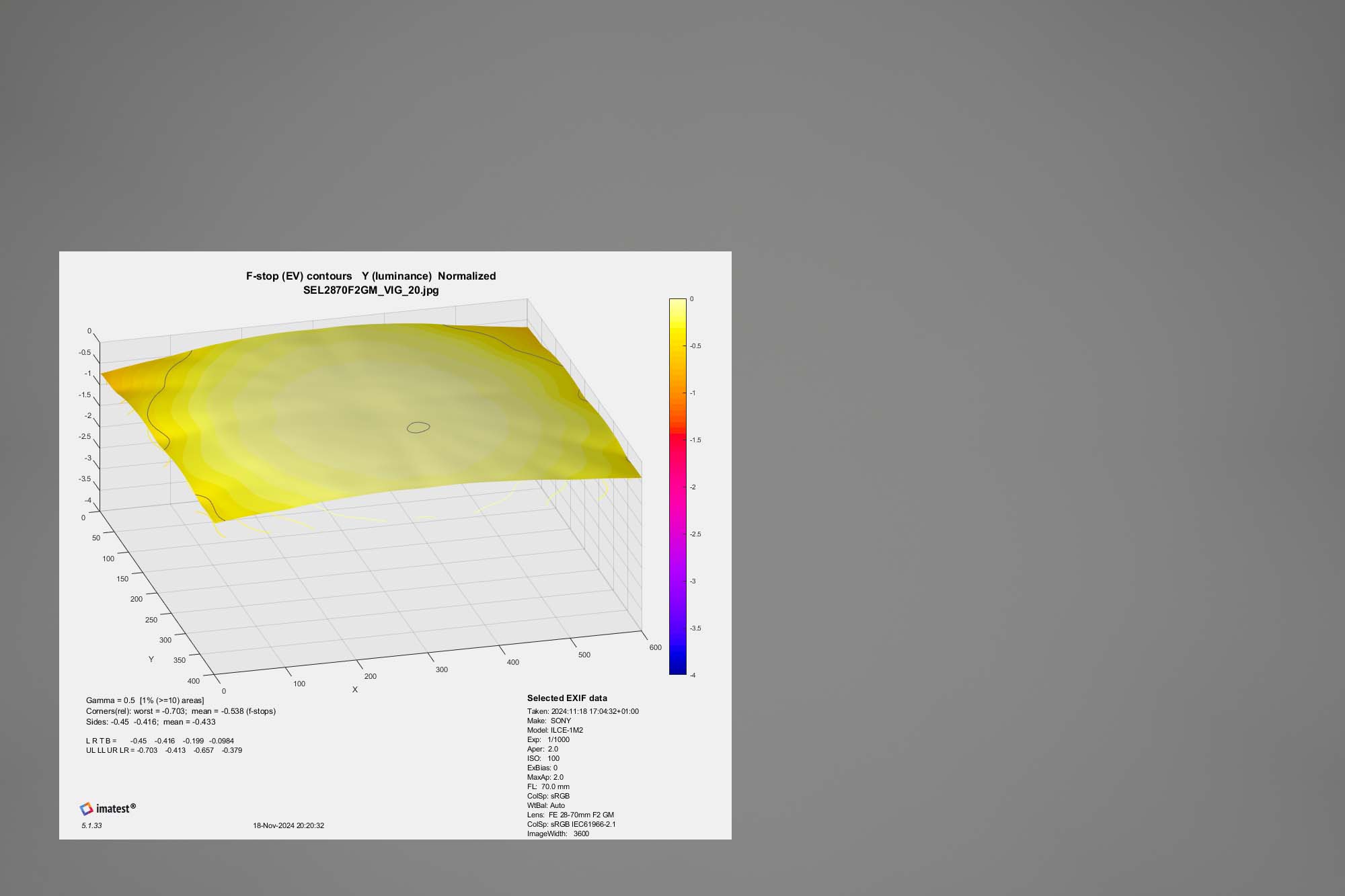
Chromatic aberration and vignetting they are always perfectly under control, as well as distortions geometric shapes which, thanks to the non-extreme focal lengths, show an obvious but not dramatic “barrel” at 28mm, which disappears around 35mm (a little beyond) and then changes direction and becomes a slight “buffer” from 50mm upwards. It’s almost boring to add, for the umpteenth time, that we found no trace of a coma and that astigmatism is negligible.
The onion effect, vice versa, is visible (see below) despite the use of XA lenses. Wanting to find a flaw in this perspective, the only flaw could be precisely this. We are in fact faced with yet another surgical optic, in terms of almost perfect optical quality, but with a slightly “nervous” blur typical of optics with aspheric lenses.

70mm, f/2, 200% magnification
On a personal note, we find the concept of bright zoom very interesting, which abandons the widest angle focal lengths, but in exchange offers an important stop for the detachment of planes and the possibility of working in low light conditions and/or at low ISO. We see it perfectly in contexts where people are the protagonists, and extreme wide angle lenses are therefore not very useful: portraiture, ceremony, indoor sports as a “short” zoom, and obviously for video production.
Read our preview review of the new Sony Alpha A1 Mark II and watch our video below
The only real flaw (non-optical)?!? The price. The FE 28-70mm F2 GM will in fact be available starting from December, therefore in a few days, but there will also be few enthusiasts who will be able to afford it, given the price list of 3600 Euros round.
Source: www.fotografidigitali.it


